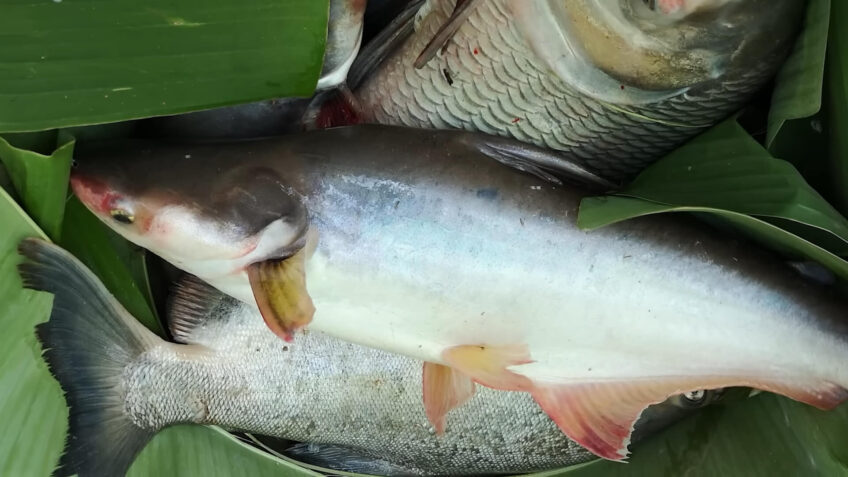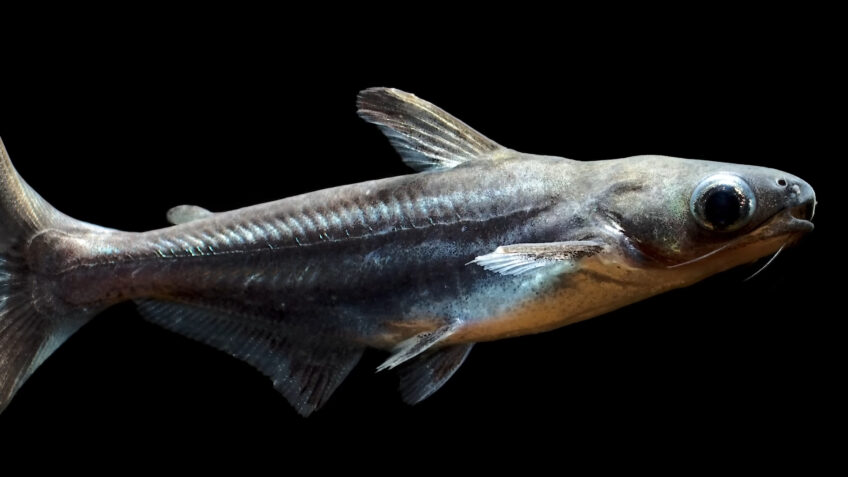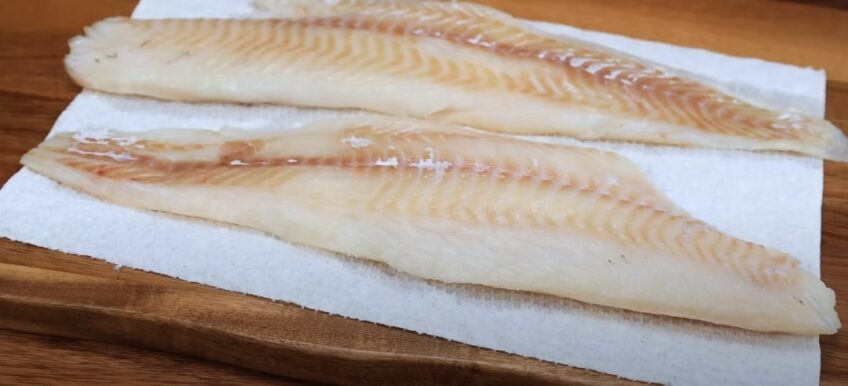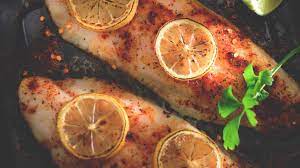Have you ever heard of this unique fish that comes all the way from the warm waters of Southeast Asia? Swai fish is not just any ordinary fish; it’s a special kind that has made its way into kitchens and restaurants around the globe.
However, like any popular food, it comes with its own set of stories and concerns. From how it’s farmed to its impact on the environment, there’s a lot to learn about swai fish.
So, let’s discover all about this interesting fish, its benefits, and why it’s become such a talked-about topic in the world of seafood!
Key Takeaways
- Swai fish is a freshwater species native to Southeast Asia, particularly thriving in the Mekong and Chao Phraya rivers.
- It has a mild taste and firm texture, making it a versatile ingredient for various cooking methods, including grilling, baking, frying, and broiling.
- It is nutritionally beneficial, offering a low-calorie source of protein, though it contains lower amounts of omega-3 fatty acids compared to other fish like salmon.
What is Swai Fish?

Swai fish is a type of catfish native to the rivers of Southeast Asia, particularly found in countries like Vietnam and Cambodia.
Known scientifically as Pangasianodon hypophthalmus, it’s also referred to by other names such as basa, pangasius, or sometimes incorrectly called Vietnamese catfish.
Unlike its American catfish cousin, swai has a more elongated body and a silver to pale pink color. It’s a freshwater fish that has found a significant place in global aquaculture due to its fast growth rate and adaptability to farming conditions.
Physical Characteristics

Swai fish are notable for their elongated bodies, which can grow up to 4 feet in length and weigh up to 45 kilograms. They have a silver-colored skin and a distinctive whisker-like appearance around their mouths, similar to other catfish.
Their bodies are somewhat flat, which allows them to glide effortlessly through the water. This streamlined shape aids in their navigation of the sometimes fast-flowing rivers where they live.
The skin of swai fish is smooth, lacking the scales found on many other fish species, which contributes to their unique texture when cooked.
Nutritional Profile
Swai fish is appreciated not just for its taste but also for its nutritional benefits. It is a low-calorie source of protein, making it a great option for those looking to maintain or lose weight.
For example, the same serving of salmon packs 24 grams of protein and 1,200–2,400 mg of omega-3 fat, while American catfish contains 15 grams of protein and 100–250 mg of omega-3 fat in 4 ounces (113 grams).
| Nutrient | Amount |
| Calories | 70 |
| Protein | 15 grams |
| Fat | 1.5 grams |
| Omega-3 fat | 11 mg |
| Cholesterol | 45 grams |
| Carbs | 0 grams |
| Sodium | 350 mg |
| Niacin | 14% of the RDI |
| Vitamin B12 | 19% of the RDI |
| Selenium | 26% of the RDI |
Culinary Uses

The mild taste and firm texture of swai fish make it a versatile ingredient in the kitchen. It can be cooked in various ways, including grilling, baking, frying, and broiling.
Swai fish is often used as a substitute for more expensive fish like cod or haddock in recipes. Its ability to absorb flavors makes it ideal for a wide range of dishes, from simple pan-fried preparations to complex sauces and seasonings.
The affordability and adaptability of swai fish have made it a favorite among chefs and home cooks alike, who appreciate its ability to blend seamlessly into a variety of culinary traditions.
Economic Importance

Swai fish has become a significant part of the global seafood market due to its affordability and availability. It is exported worldwide, providing a substantial income for farmers in Southeast Asia.
The ease of farming swai fish, combined with its high demand, has led to the expansion of aquaculture practices in the region.
This growth in swai fish farming has not only boosted the local economies but also positioned these countries as major players in the international seafood trade.
The industry supports a wide range of jobs, from hatchery operations to processing plants, highlighting the vital role of swai fish in the economic landscape of Southeast Asia.
Potential Concerns
Despite its popularity, swai fish has been at the center of several controversies. Concerns have been raised about the environmental impact of swai fish farming, including pollution and the use of antibiotics and chemicals.
Additionally, there have been issues related to mislabeling and quality control, leading some countries to impose stricter regulations on swai fish imports.
The debate over the sustainability of swai fish farming practices has prompted calls for improved standards and certifications to ensure the environmental and health safety of the product.
Consumers are increasingly seeking transparency in the seafood supply chain, pushing for changes that could enhance the reputation of swai fish in the global market.
[su_note note_color=”#fcba03″]Swai fish are sometimes mistaken for catfish in the United States and have been subject to labeling controversies. Due to their similar appearance and taste, swai is often sold under various names, leading to confusion among consumers.[/su_note]
Health and Safety
When choosing swai fish, it’s essential to consider its source. Opt for fish that has been responsibly farmed and processed to minimize the risk of contamination with harmful substances.
It’s also advisable to incorporate swai fish as part of a varied diet to ensure you’re getting a wide range of nutrients. Educating oneself about the origins and handling of swai fish can help mitigate potential health risks associated with its consumption.
By supporting producers who adhere to high standards of quality and sustainability, consumers can enjoy the benefits of swai fish while contributing to the well-being of the environment and the communities that depend on its cultivation.
FAQs
Can swai fish be considered a good option for a heart-healthy diet?
While swai fish is a low-calorie protein source, its omega-3 fatty acid content is much lower than fatty fish like salmon, making it less optimal for those specifically seeking heart-health benefits from omega-3 fats.
How does the environmental impact of swai fish farming compare to other types of aquaculture?
Swai fish farming has faced criticism for its environmental impact, including water pollution and the use of chemicals. However, the extent varies widely depending on the farming practices of each facility.
It’s generally considered to have more significant environmental challenges compared to more strictly regulated aquaculture practices.
Is swai fish safe to eat for all age groups?
Yes, it is safe to eat for all age groups when sourced from reputable suppliers that follow safe farming and processing practices. However, consumers should be aware of potential contaminants and choose swai fish that has been responsibly farmed.
What makes swai fish a popular choice in the culinary world despite its controversies?
Its affordability, mild flavor, and versatile texture make swai fish a popular choice in the culinary world. It can easily substitute for more expensive fish in various dishes, appealing to both restaurants and home cooks.
How can consumers ensure they are purchasing responsibly farmed swai fish?
Consumers can look for certifications or labels on packaging that indicate sustainable and responsible farming practices, such as those from the Aquaculture Stewardship Council (ASC) or similar organizations.
Researching brands and suppliers for their farming practices can also help.
Are there any specific cooking methods that are best suited for swai fish?
Swai fish is quite adaptable to various cooking methods. However, its mild flavor and firm texture make it particularly suitable for baking, frying, or grilling, where it can be seasoned or marinated to enhance its taste.
Summary
Swai fish, with its intriguing origins, nutritional benefits, and culinary versatility, offers a fascinating glimpse into the world of seafood.
While it presents an affordable alternative to more expensive fish, it’s crucial to be aware of the environmental and health considerations associated with its consumption.

